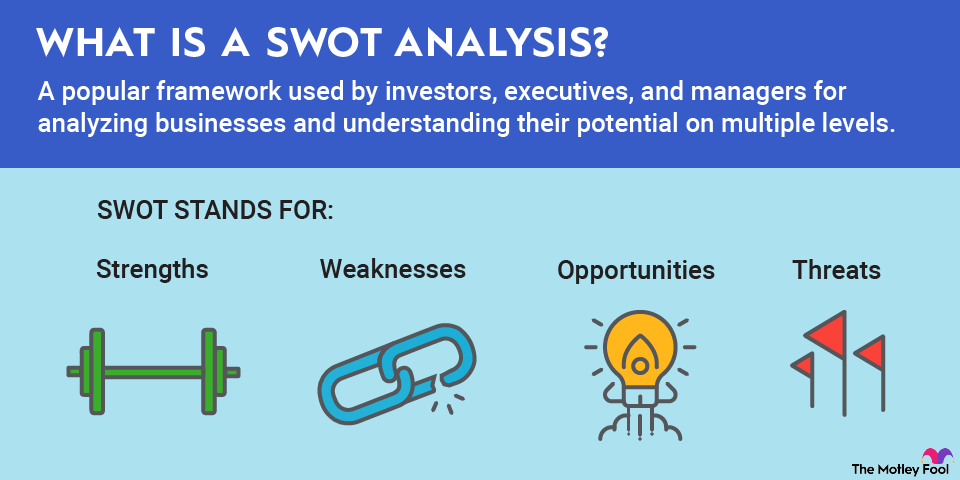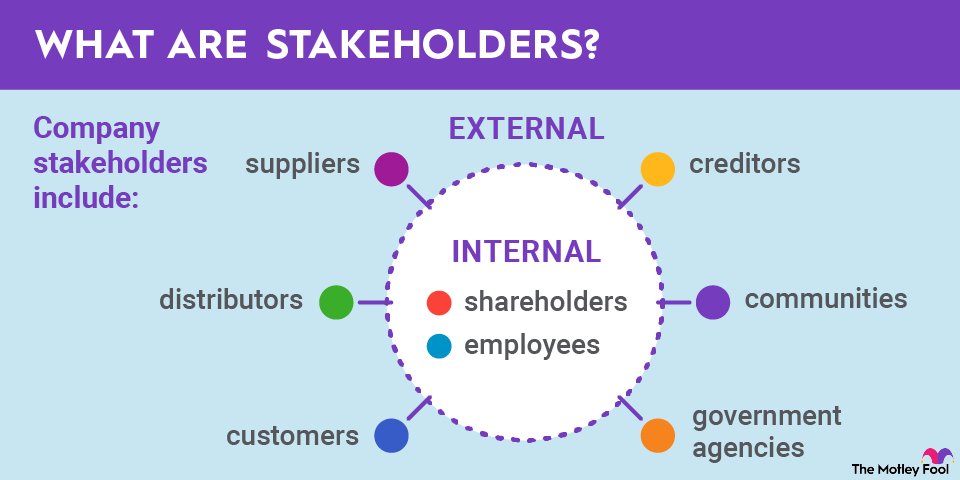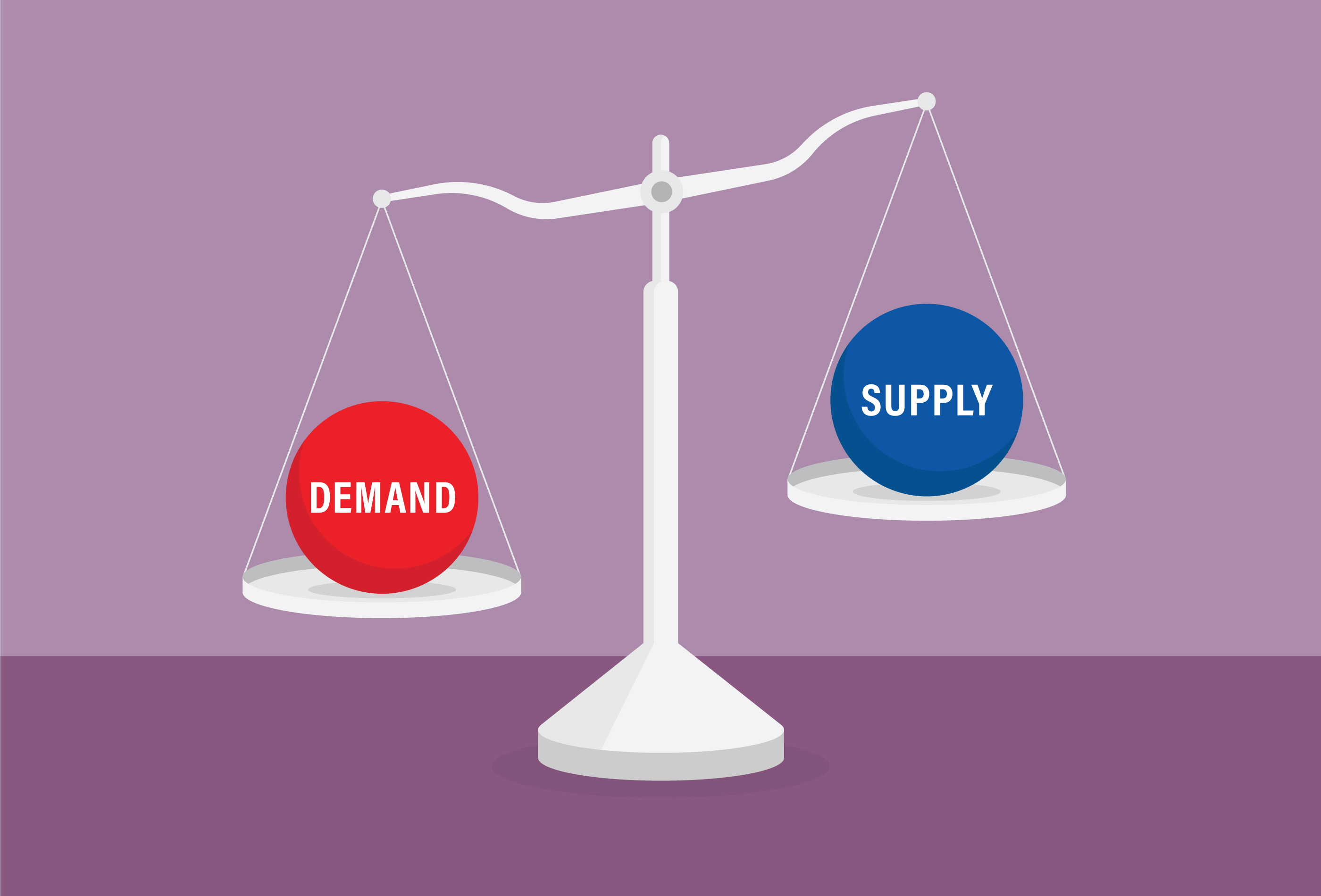If you're a crypto investor, staking is a concept you'll hear about often. Staking is the way many cryptocurrencies verify their transactions, and it allows participants to earn rewards on their holdings.
But what is crypto staking? Staking cryptocurrencies is a process that involves committing your crypto assets to support a blockchain network and confirm transactions.

It's available with cryptocurrencies that use the proof-of-stake model to process payments. This is a more energy-efficient alternative to the original proof-of-work model. Proof of work requires mining devices that use computing power to solve mathematical equations.
Staking can be a great way to use your crypto to generate passive income, especially because some cryptocurrencies offer high interest rates for staking. Before you get started, it's important to fully understand how crypto staking works.
How does staking work?
With cryptocurrencies that use the proof-of-stake model, staking is how new transactions are added to the blockchain.
First, participants pledge their coins to the cryptocurrency protocol. From those participants, the protocol chooses validators to confirm blocks of transactions. The more coins you pledge, the more likely you are to be chosen as a validator.
Every time a block is added to the blockchain, new cryptocurrency coins are minted and distributed as staking rewards to that block's validator. In most cases, the rewards are the same type of cryptocurrency that participants are staking. However, some blockchains use a different type of cryptocurrency for rewards.
If you want to stake crypto, you need to own a cryptocurrency that uses the proof-of-stake model. Then you can choose the amount you want to stake. You can do this through many popular cryptocurrency exchanges.
Your coins are still in your possession when you stake them. You're essentially putting those staked coins to work, and you're free to unstake them later if you want to trade them. The unstaking process may not be immediate; with some cryptocurrencies, you're required to stake coins for a minimum amount of time.
Staking isn't an option with all types of cryptocurrency. It's only available with cryptocurrencies that use the proof-of-stake model.
Many cryptos use the proof-of-work model to add blocks to their blockchains. The problem with proof of work is that it requires considerable computing power. That has led to significant energy usage from cryptocurrencies that use proof of work. Bitcoin (BTC -3.15%) in particular has been criticized over environmental concerns.
Proof of stake, on the other hand, doesn't require nearly as much energy. This also makes it a more scalable option that can handle greater numbers of transactions.
Benefits of staking crypto
Here are the benefits of cryptocurrency staking:
- It's an easy way to earn interest on your cryptocurrency holdings.
- You don't need any equipment for crypto staking like you would for crypto mining.
- You're helping to maintain the security and efficiency of the blockchain.
- It's more environmentally friendly than crypto mining.
The primary benefit of staking is that you earn more crypto, and interest rates can be very generous. In some cases, you can earn more than 10% or 20% per year. It's potentially a very profitable way to invest your money. And, the only thing you need is crypto that uses the proof-of-stake model.
Staking is also a way of supporting the blockchain of a cryptocurrency you're invested in. These cryptocurrencies rely on holders staking to verify transactions and keep everything running smoothly.
Risks of staking crypto
There are a few risks of staking crypto to understand:
- Crypto prices are volatile and can drop quickly. If your staked assets suffer a large price drop, that could outweigh any interest you earn on them.
- Staking can require that you lock up your coins for a minimum amount of time. During that period, you're unable to do anything with your staked assets such as selling them.
- When you want to unstake your crypto, there may be an unstaking period of seven days or longer.
The biggest risk you face with crypto staking is that the price goes down. Keep this in mind if you find cryptocurrencies offering extremely high staking reward rates.
For example, many smaller crypto projects offer high rates to entice investors, but their prices then end up crashing. If you're interested in adding crypto to your portfolio but you'd prefer less risk, you may want to opt for cryptocurrency stocks instead.
Although crypto that you stake is still yours, you need to unstake it before you can trade it again. It's important to find out if there's a minimum lockup period and how long the unstaking process takes so you don't get any unwelcome surprises.
Why not all cryptocurrencies have staking
Cryptocurrencies need to use the proof-of-stake consensus mechanism to have staking. There are many that don't, and these cryptos can't be staked.
Proof of stake isn't the first or only consensus mechanism that cryptocurrencies can use. Proof of work was the first, since it originated with Bitcoin. Other early cryptocurrencies followed in its footsteps until Peercoin (CRYPTO:PPC) introduced proof of stake in 2012.
There's debate over which consensus mechanism is the more secure option. Although the computational power required by proof of work uses substantial energy, it also makes proof-of-work blockchains difficult to attack. Some cryptocurrencies choose proof of work for this reason.
Another, less common consensus mechanism is proof of burn, where miners must burn (destroy) crypto to validate transactions. No option is perfect, and cryptocurrency developers choose the one they like most for their specific projects.
When you should or shouldn't stake crypto
If you have crypto you can stake and you aren't planning to trade it in the near future, then you should stake it. It doesn't require any work on your part, and you'll be earning more crypto.
What if you don't have any crypto you can stake yet? Considering the returns you can make, it's worth researching cryptos with staking. There are many that offer this, but make sure to evaluate whether each cryptocurrency is a good investment. It only makes sense to buy a crypto for staking if you also believe it's a good long-term investment.
The proof-of-stake model has been beneficial for both cryptocurrencies and crypto investors. Cryptocurrencies can use proof of stake to process large numbers of transactions at minimal costs. Crypto investors also get the opportunity to collect passive income from their holdings. Now that you know more about staking, you can start investigating cryptos that offer it.



















